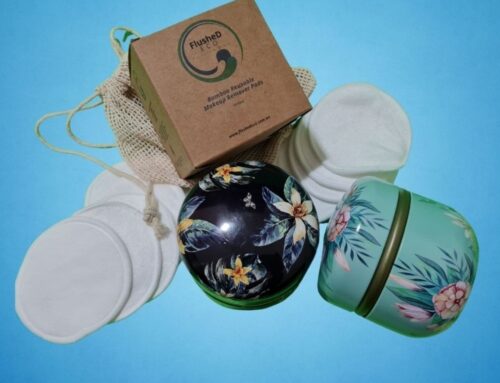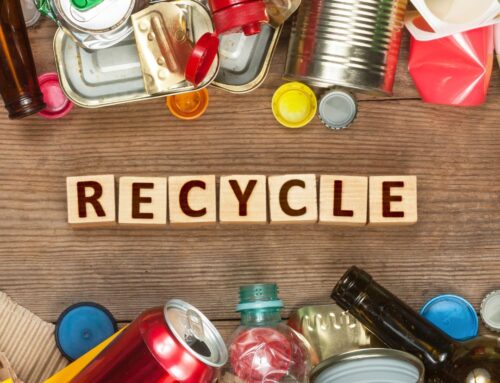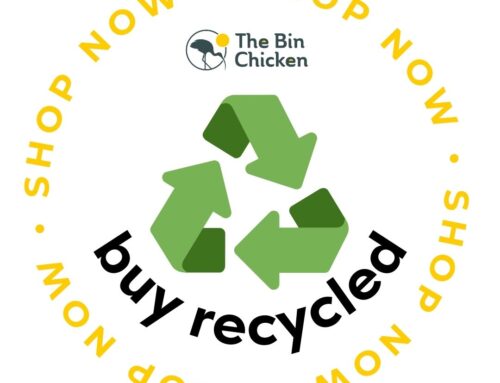Turning Trash into Treasure
Hey there, friends! Do you ever stop to think about where all your trash goes once you toss it in the bin? Well, let me tell you, it’s not a pretty sight. Landfills are overflowing, oceans are choked with plastic, and the environment is suffering.
But what if I told you that there’s a way to turn trash into treasure? That’s right, a circular economy is the answer to our waste problem. Not only does it help the environment, but it also has significant economic benefits. In this article, we’ll explore the economic benefits of a circular economy and how it supports recycled products and materials.
What is a Circular Economy?
Before we dive into the economic benefits, let’s first understand what a circular economy is. In a linear economy, we take resources, make products, use them, and then dispose of them. In contrast, a circular economy is a closed-loop system that aims to keep resources in use for as long as possible by reducing waste and maximizing the value of resources.
The circular economy operates on three principles:
- Design out waste and pollution
- Keep products and materials in use
- Regenerate natural systems
Economic Benefits of a Circular Economy
Now that we understand what a circular economy is, let’s look at the economic benefits it offers.
-
Job Creation
Implementing a circular economy creates job opportunities in areas such as recycling, repairing, and refurbishing. As we shift from a linear economy to a circular economy, we will need more skilled workers to handle the recycling and repurposing of materials. According to a report by the Ellen MacArthur Foundation, a circular economy could create over 100,000 new jobs in the UK alone by 2030.
-
Increased Efficiency
A circular economy aims to keep resources in use for as long as possible. By reusing and recycling materials, we reduce the need for new resources and reduce waste. This results in increased efficiency and cost savings for businesses. By minimizing waste and increasing efficiency, a circular economy can save businesses up to $4.5 trillion globally by 2030, according to Accenture.
-
Reduced Environmental Impact
A circular economy aims to reduce waste and pollution by keeping materials in use. By doing so, we reduce the need for new resources and minimize the environmental impact of extracting and processing raw materials. This, in turn, reduces greenhouse gas emissions and helps to mitigate climate change.
-
New Market Opportunities
A circular economy creates new market opportunities for businesses that produce and sell recycled products. As consumers become more environmentally conscious, they are willing to pay a premium for eco-friendly products. According to a survey by Cone Communications, 91% of consumers are willing to switch to a brand that supports a good cause.
FAQs
Q: Is a circular economy only beneficial for the environment?
A: No, a circular economy has significant economic benefits as well. It creates job opportunities, increases efficiency, reduces environmental impact, and creates new market opportunities.
Q: How can I support a circular economy?
A: You can support a circular economy by practicing the 3Rs – reduce, reuse, and recycle. You can also support businesses that produce and sell recycled products.
Q: Are there any downsides to a circular economy?
A: There are some challenges to implementing a circular economy, such as the need for new infrastructure and technology. However, the economic and environmental benefits far outweigh the costs.
In conclusion, a circular economy is not only beneficial for the environment, but it also has significant economic benefits. By keeping resources in use for as long as possible, we create job opportunities, increase efficiency, reduce environmental impact, and create new market opportunities. As consumers, we can support a circular economy by practicing the 3Rs and supporting businesses that produce and sell recycled products. It’s time to turn trash into treasure and embrace a circular economy for a better future. Let’s do our part to support the economic benefits of a circular economy and support recycled products and materials.
Discover more about the Australian Circular Economy Here.





